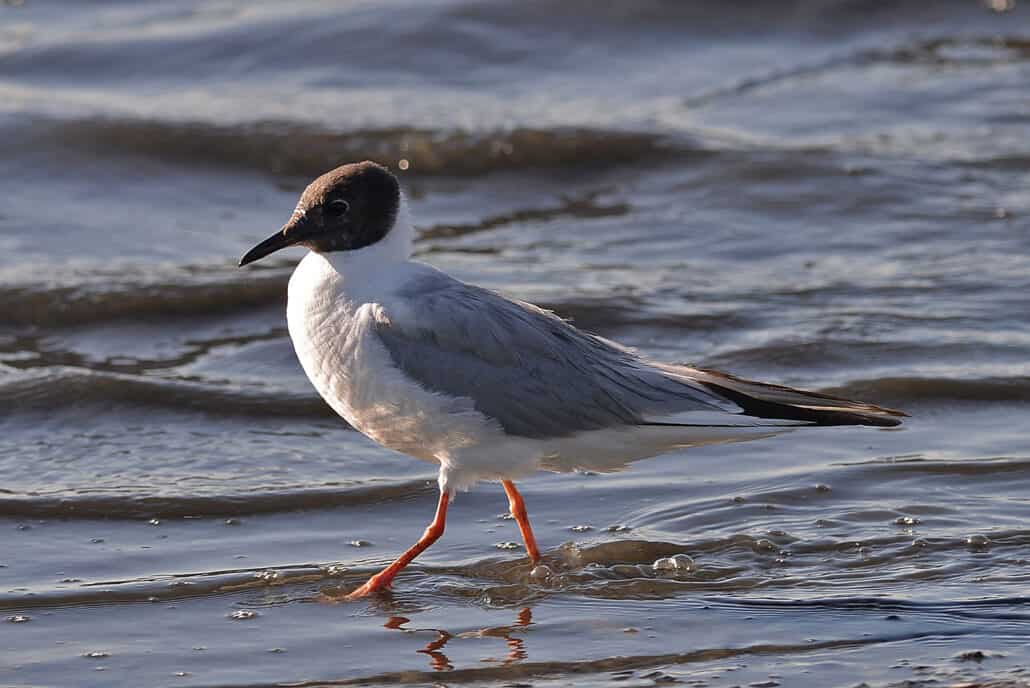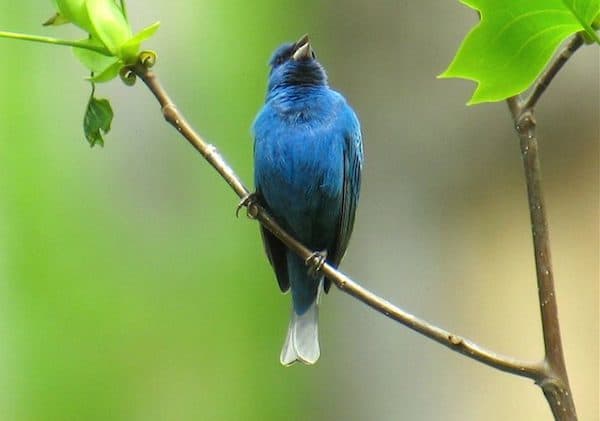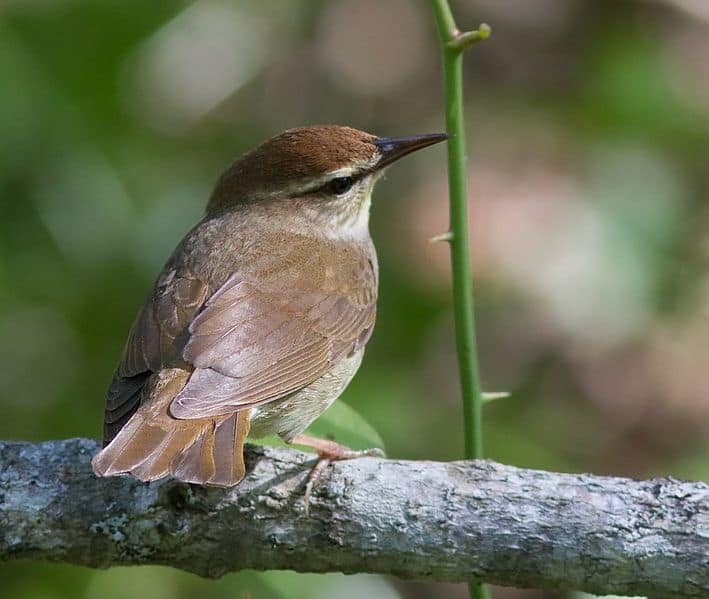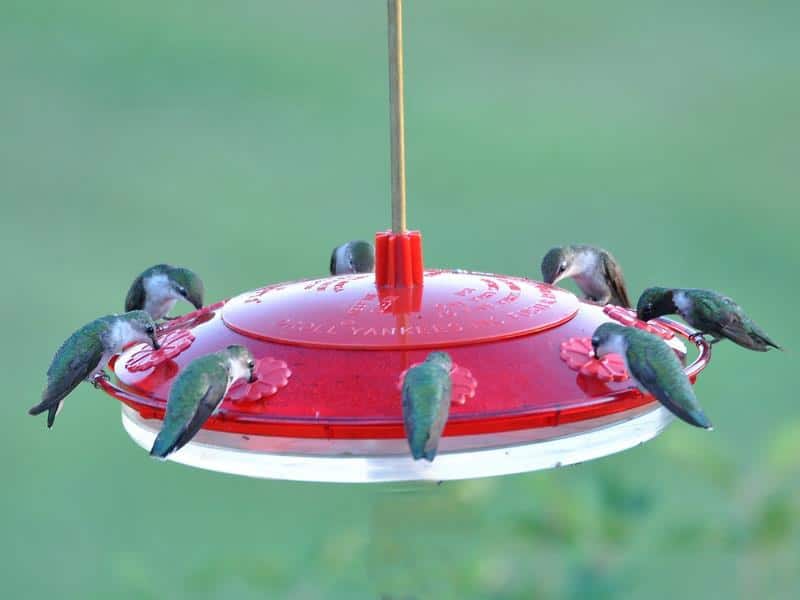Winter Birds of Mississippi (December, January, February)
December: As the bird-watching year comes near to full-circle, bird watching gets a fresh breath with birds in the backyard, and the settling in of what will be winter’s bread-and-butter species. If you, who were once a novice, have followed birds throughout the entire year, you will have identified most of the 100 species most likely to be encountered, plus many, many more–perhaps some you never dreamed of seeing. You will have done so by finding your own favorite places in each of the changing seasons; you will have learned that the more bird watching you do, the easier it becomes. Above all, you will have rediscovered Mississippi from a new perspective, and found that it is a grand place to begin and end a bird watcher’s year.
January: It is a tradition to go bird watching on New Year’s Day, or within the first few days of the month. That first outing, no matter how many species are seen, is always a success because all birds have the gloss of newness. Where you choose to spend January days might depend upon where in Mississippi you live, but the emphasis will be the same – permanent and winter residents associated with water or open country – loons, grebes, geese, swans, ducks, birds-or-prey, sandpipers, gulls, terns, and sparrows.
Fortunately, most of those above are well distributed throughout the state. In the coastal counties, scanning bays, harbors, and inlets should have fine results; species such as common loon, horned grebe, brown pelican, double-crested cormorant, lesser scaup, bufflehead, and red-breasted merganser are easy to come by. Attention to birds on the beach won’t be wasted; some “sure bets” include great blue heron, black-bellied and semipalmated plovers, willet, marbled godwit, ruddy turnstone, sanderling, and short-billed dowitcher. Among others, be looking for laughing, ring-billed, and herring gulls; Caspian, royal, and Forster’s terns, and black skimmer, and always watch for an osprey or a belted kingfisher.
Throughout the state, a visit to any “duck pond,” lake, reservoir, or national wildlife refuge will bring a few of the species mentioned above, as well as pied-billed grebe, American white pelicans, several herons and egrets, the more common geese and dabbling ducks, raptors such as bald eagle, northern harrier, red-tailed hawk, and American kestrel, and American coot. A view to open areas surrounding impoundments could add further diversity with killdeer, various doves, eastern phoebe, loggerhead shrike, horned lark, tree swallow, vesper, Savannah, swamp, and song sparrows, meadowlarks and other members of the blackbird tribe.
January is a month when bird watchers of very serious intent make special trips to areas far beyond their home places: those with a southern base go searching for rarer winter species that seldom occur in the southern third of the state, such as tundra swan, Ross’s goose, American black duck, common merganser, little and black-headed gulls, black-legged kittiwake, burrowing and short-eared owls, horned lark, Lapland longspur and various sparrows.
Bird watchers with a more northern base visit the coast to look for strictly coastal species and any rarities that have been reported, such as great black-backed, lesser black-backed, or glaucous gulls, ash-throated flycatcher, vermilion flycatcher, or western tanager.
Those whose bird-watching activities are limited to the backyard and feeding station will certainly want to maintain a hummingbird watch, keeping feeders clean and nectar fresh and free-flowing–feeders with frozen nectar should be zapped in the microwave as often as necessary. Feeder watchers will take notice of winter finches: the American goldfinch and purple finch that are regular over most of the state are, in some winters, outnumbered by such diverse species as the red-breasted nuthatch, pine siskin, and, to the delight of all, evening grosbeak.
Although it may seem that winter has a firm grip on the entire state, in the last days of January those who are “tuned in” to the calendar that birds keep for themselves will be looking for Purple Martins and their gurgling pronouncements that there is a spring in the not too distant future.
February: This short month is one of transition: Many birds that winter, especially waterfowl, will depart as soon as there is open water to the north. The ranks of many sparrow species tend to thin out. Winter weather at its worst may still affect northern Mississippi, but in the southern counties, swamp maples are budding out; permanent resident birds are singing, and some early nesters are already laying foundations of sticks and grasses.
This is a very good month to fill in some gaps in your winter list. Repeat visits to the habitats listed for January have merit. If you didn’t do so in January, try to see as many of the wintering hummingbirds as possible (if you are using web sites and other sources of bird news, you should be aware of what species are at what feeding stations). Of the eleven species recorded in the state, 10 of them have been seen in the winter months: broad-billed, white-eared, buff-bellied, ruby-throated, black-chinned, Anna’s, Calliope, broad-tailed, rufous, and Allen’s. The presence of several hummingbird species in winter is a strong indication that Mississippi’s birdlife is anything but predictable.
Just as the end of January signals a lookout for purple martins, the end of February signals a watch, confined to the southern counties, for swallow-tailed kite, ruby-throated hummingbird, northern rough-winged swallow, barn swallow, and northern parula, all of which are incoming neotropical migrants which will nest throughout the state.




